#Navajo Area
Explore tagged Tumblr posts
Video
My Stories of Shiprock in Photos by Mark Stevens Via Flickr: A setting looking to the north while taking in views across the northern New Mexico high desert with a distant view to the Shiprock formation. This is at a parking area pullout along Indian Service Rte 13.
#Azimuth 350#Blue Skies#Blue Skies with Clouds#Chuska Mountains#Colorado Plateau#Day 3#Desert Landscape#Desert Mountain Landscape#Desert Plant Life#DxO PhotoLab 7 Edited#Erosional Landscape#High Desert#Igneous Rock#Indian Service Rte 13#Intermountain West#Landscape#Landscape - Scenery#Looking North#Monadnock#Mostly Cloudy#Nature#Navajo Area#New Mexico and Mesa Verde National Park#Nikon D850#No People#Outside#Partly Cloudy#Partly Sunny#Project365#Rock with Wings
5 notes
·
View notes
Text
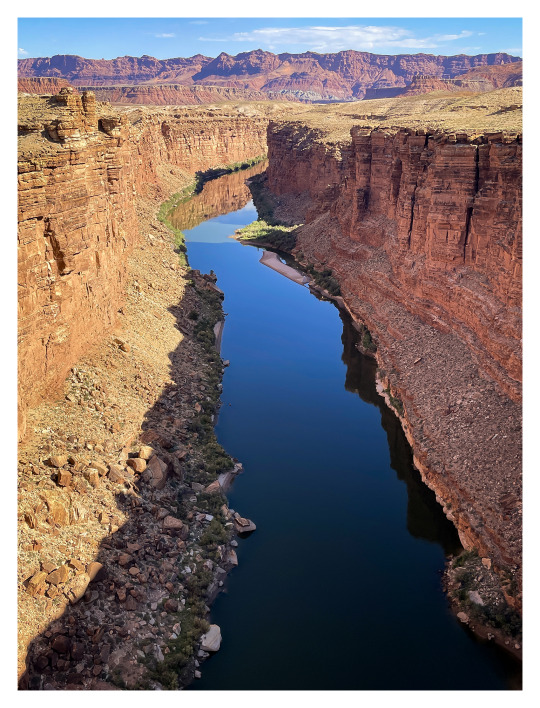
The Colorado River at Navajo Bridge.
#photographers on tumblr#landscape#riverscape#Colorado River#Navajo Bridge#Glen Canyon National Recreation Area#Navajo Nation#Coconino County#Arizona#phone photo
245 notes
·
View notes
Text
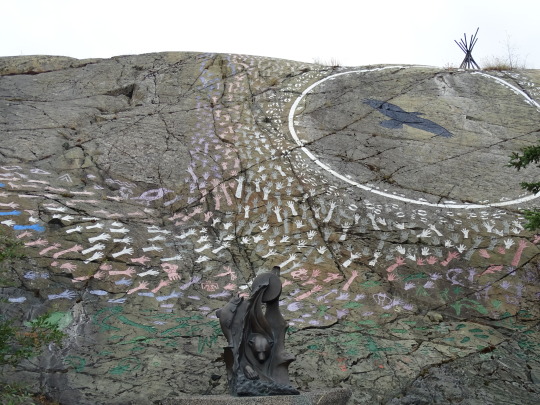
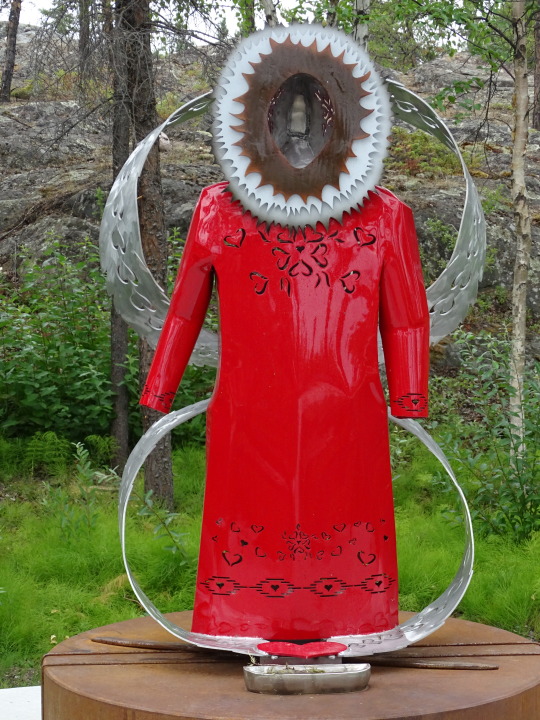
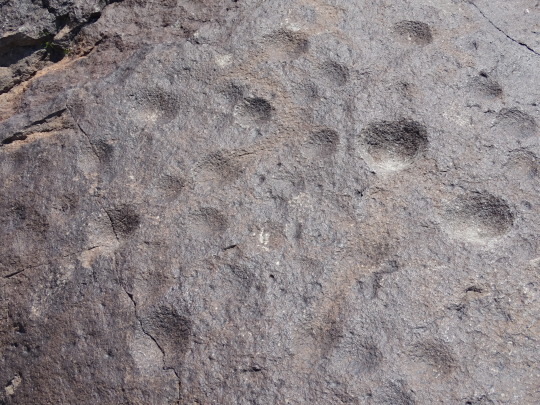
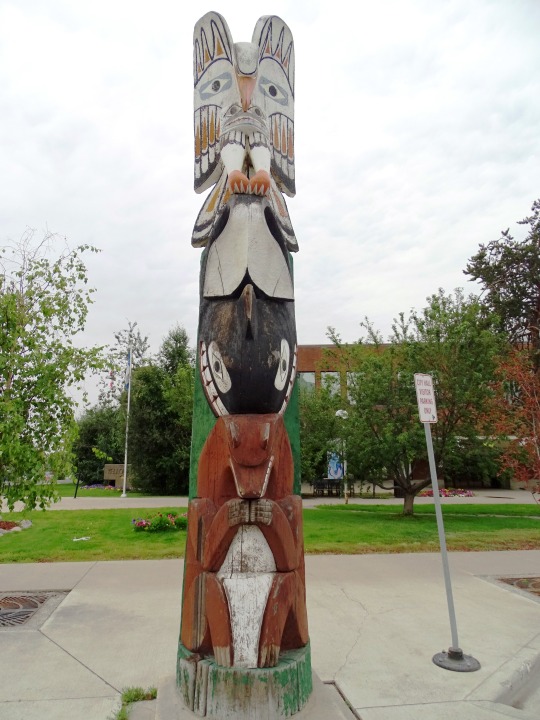
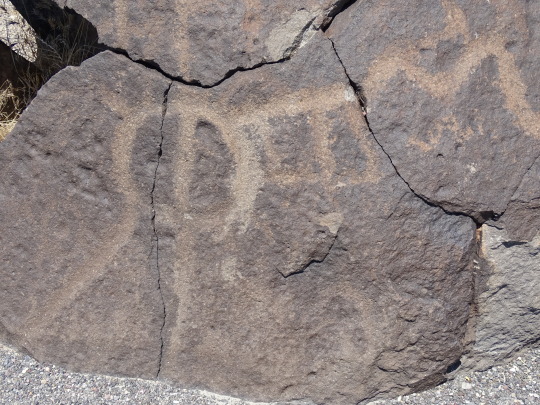

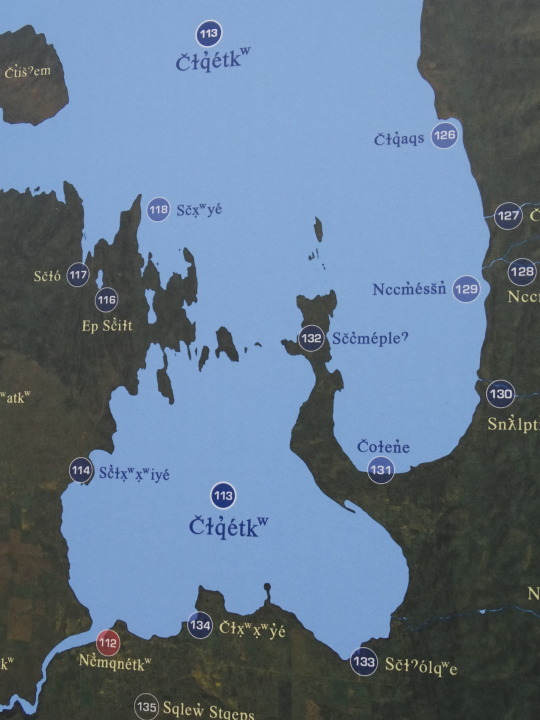
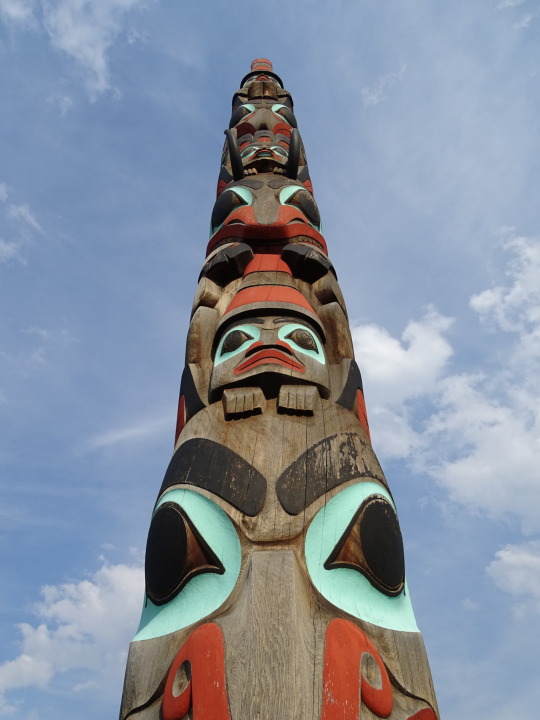

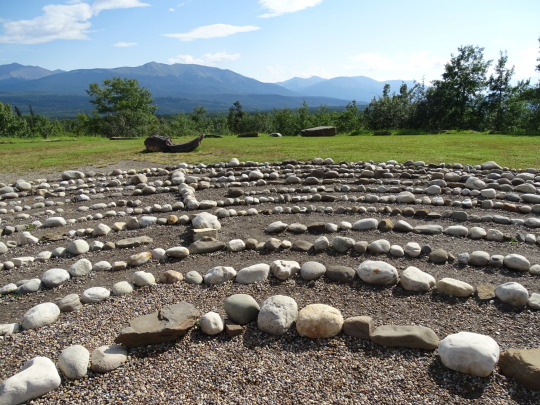
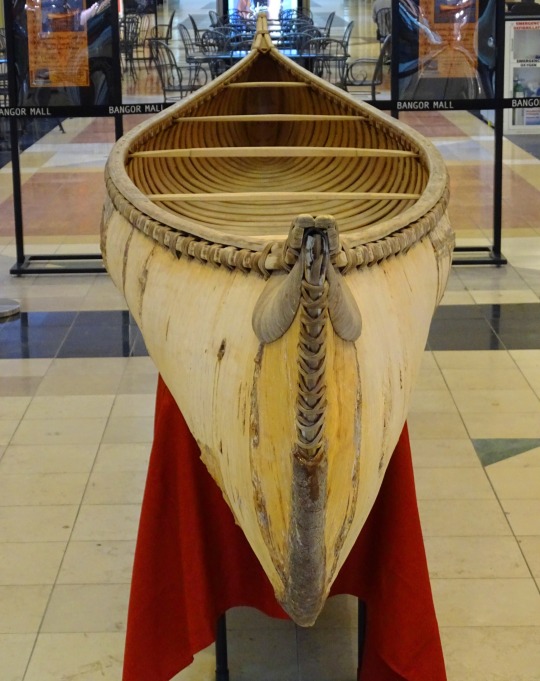

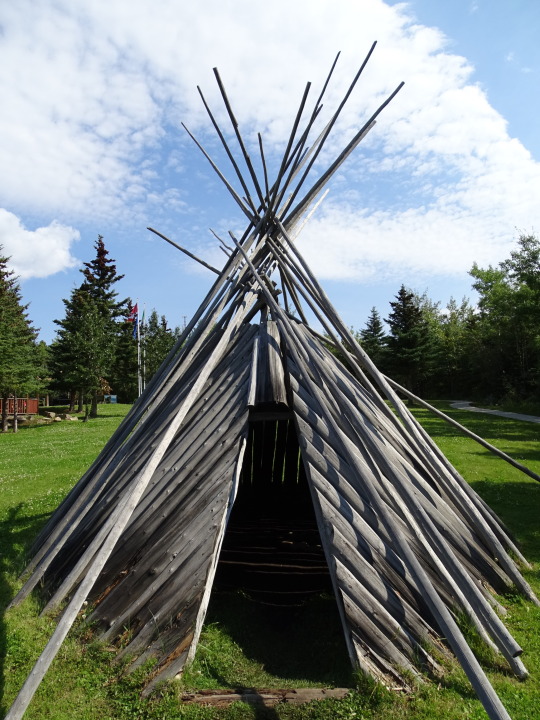
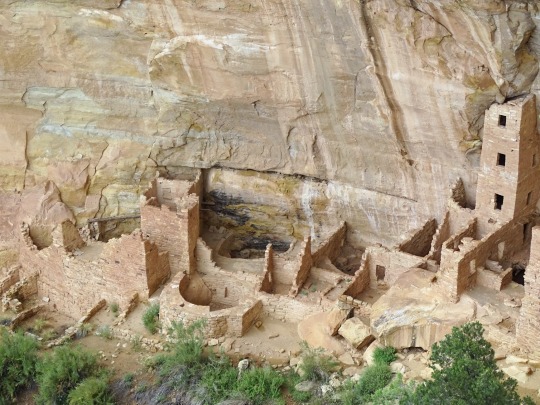

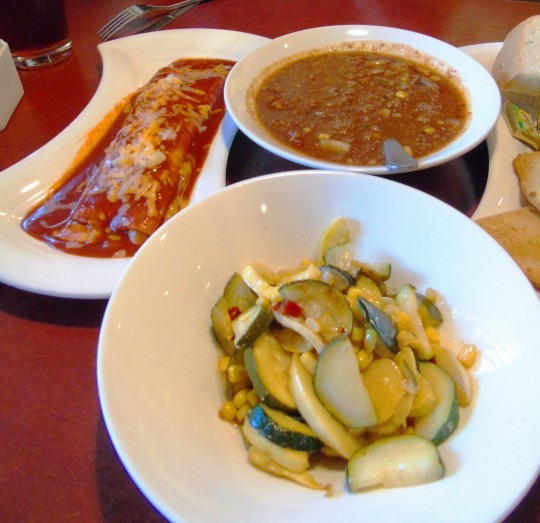
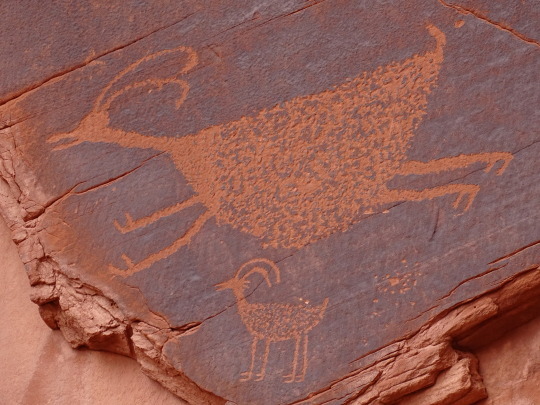

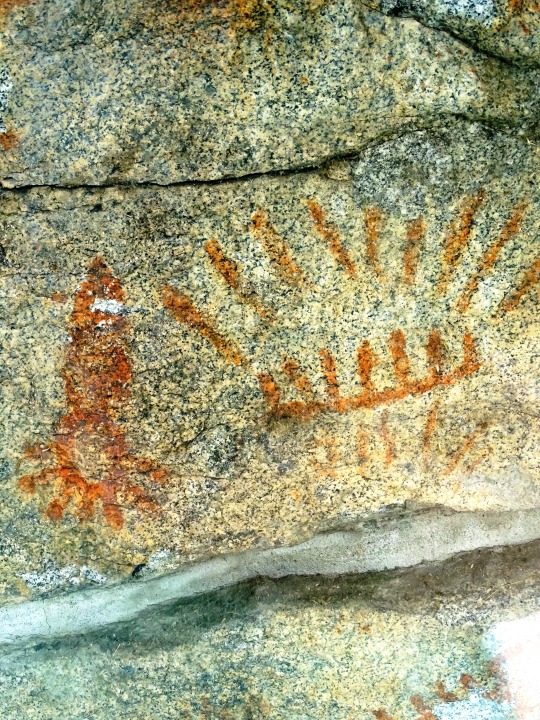
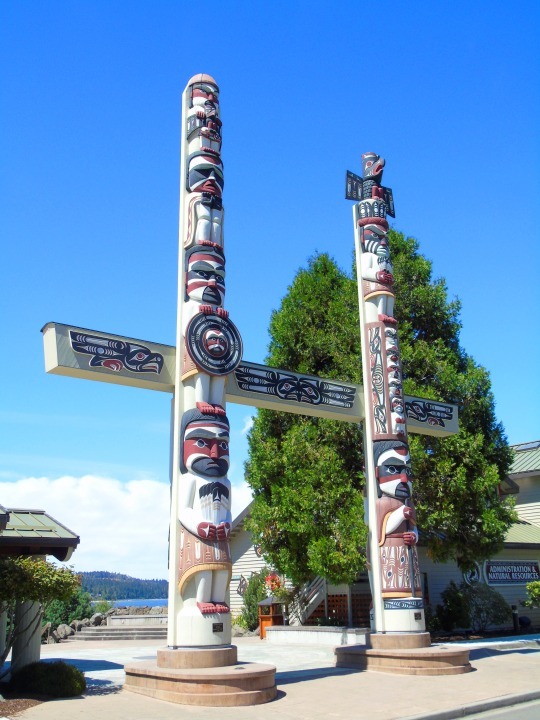
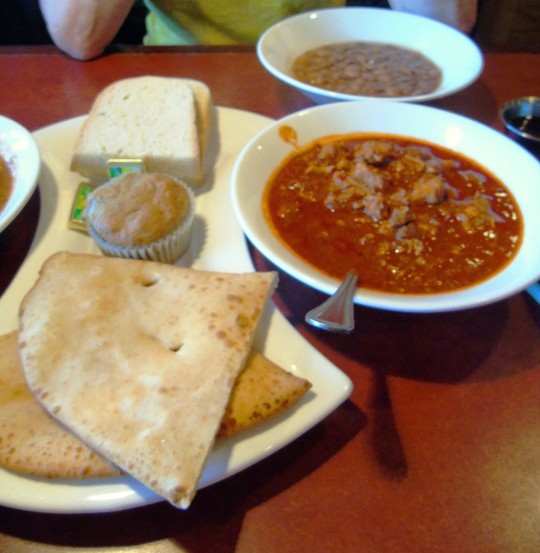









Indigenous Peoples’ Day/National Native American Day
Coming together to honor and learn from the rich heritage and wisdom of those who've lived on American soil for generations.
Appreciating and paying respect to the unique heritage and culture of those whose origins are native to the Americas, Indigenous Peoples’ Day offers the opportunity to honor, learn, celebrate and raise awareness.
History of Indigenous Peoples’ Day
Honoring Native American people throughout the United States, Indigenous Peoples’ Day was first officially celebrated in the US in 2021, when US President Joe Biden became the first president to formally recognize the day. However, the idea for the day goes back much further.
In 1977, the United Nations in Geneva, Switzerland sponsored the International Conference on Discrimination Against Indigenous Populations in the Americas. Part of the purpose was to begin celebrating Indigenous Peoples’ Day, particularly with the idea of replacing the adoration and glorification of Christopher Columbus with recognition and acknowledgement of the native peoples of the land.
Columbus Day, which is an American holiday, falls on the second Monday of October in the United States, has been less revered in recent years. This is likely due to the fact that the indigenous peoples of the time had their lands and lives taken away from them by the settlers from Europe, and the American people are becoming more aware of the way history has been written only from the perspective of the white person.
In exchange for Columbus Day, many people in the United States have begun the celebration of Indigenous Peoples Day instead. Coinciding with the 500th anniversary of the arrival of Christopher Columbus on American soil, a celebration of Indigenous Peoples’ Day was organized on October 12, 1992 in Berkeley, California. Many other cities and towns have accepted and implemented something similar in their communities, including places such as Los Angeles, California and Washington, DC.
At least twelve of the United States do not celebrate Columbus Day, and the state of South Dakota celebrates Native American Day instead. Tribal governments in Oklahoma have also made declarations regarding the celebration of Native American Day.
How to Celebrate Indigenous Peoples’ Day
A wide spectrum of ways for Americans to celebrate Indigenous Peoples’ Day can be discovered and created. Consider implementing some of these ideas in honor of the day, or come up with some of your own clever ideas:
Attend an Indigenous Peoples’ Day Event
Those who have a family history as a Native American or other indigenous people should certainly take this time to celebrate their heritage! And those who don’t can definitely take the opportunity to support and enjoy learning more.
For people who live in certain places where the populations of indigenous peoples groups are strong, like Arizona, California, Oklahoma, South Dakota and many other states, it is likely that some exciting events, educational programs and celebrations will be on the calendar! Join in on a parade, learn a native craft, or listen to a lecture on history.
Even better, brush up on current events of the indigenous peoples in the local area to see what ways it is possible to learn more about their plight, make a donation or even act as an advocate to raise awareness in the community.
Re-Learn United States History
With the recognition that history over the first 200 years of the United States was written from the perspective of the white person, perhaps National Indigenous Peoples’ Day would be a time, especially for white Americans, to consider a different perspective. Get beyond what was taught in school and get educated on how the story actually happened before the territory of what is now the United States was settled.
Read some books, watch some documentaries and do some research on websites to find out more. Consider some of these books for getting more educated:
An Indigenous Peoples’ History of the United States by Roxanne Dunbar-Ortiz
Lies My Teacher Told Me: Everything Your American History Book Got Wrong by James W. Loewen
The People: A History of Native America by R. David Edmunds
A True History of the United States: Indigenous Genocide, Radicalized Slavery, Hyper-Capitalism, Militarist Imperialism and Other Overlooked Aspects of American Exceptionalism by Daniel Sjursen
Support an Indigenous People Artist or Community
Often revered for their creativity and attention to detail, many indigenous people tribes produce artwork and handicrafts that are valuable and beautiful. Consider making a trip to a place that supports the arts of native peoples and make a purchase of pottery, blankets, jewelry, painting or some other amazing piece of art to add to your collection.
Visit an Indigenous Peoples’ Museum
Take the hands-on approach to learning more about the people who first inhabited the Americas by visiting a museum or exhibit dedicated to their culture and people. Try out one of these or visit one more local to the area:
Museum of Indigenous People (formerly the Smoki Museum). Located in Prescott, Arizona, this museum works to instill understanding and respect for the people of indigenous cultures, particularly those in the southwestern parts of the United States. The museum holds events, offers membership and even hosts a consignment market.
National Museum of the American Indian. This Smithsonian museum boasts two locations, one in the Washington DC mall and one in New York City. They offer access to various collections and exhibits as well as educational programs, online resources, and presentations with the intent to pay respect and honor to the native and indigenous peoples of the Americas.
Heard Museum. Situated in a vitally important place for Native Americans, this Phoenix, Arizona location focuses on the tribes and people of the Southwest. Exhibitions include handicrafts such as weaving and textiles as well as jewelry, clothing and more. Ages range from prehistoric to contemporary and everything in between. The Heard Museum is also the place where the World Hoop Dance Championship takes place each year!
The Eiteljorg Museum. Located in the center of Indianapolis, Indiana, this museum showcases paintings, sculptures, weaving, pottery, artifacts and even evidence of storytelling. With festivals, educational programs, events and even an annual Indian market, this museum is a fun one to visit and learn.
Source
#Yellowknife#Northwest Territories#Grimes Point Archaeological Area#original photography#tourist attraction#landscape#Canada#travel#vacation#cityscape#USA#second Monday in October#14 October 2024#Whitehorse#history#National Native American Day#Indigenous Peoples’ Day#IndigenousPeoplesDay#NativeAmericanDay#First Nations#landmark#survivors of Whitehorse Indian Mission School by Ken Anderson#Finding Peace Monument by Halain De Repentigny#The Gather-Ring by Manuel Báez and Charlynne Lafontaine#Monument Valley Navajo Tribal Park#Mesa Verde National Park#Jamestown S'Klallam Tribe#Wabanki Canoe#Ottawa#Wickiup
3 notes
·
View notes
Text
Gotta dress sluttier so I can piss off god, who will then — hopefully — make it rain in a failed attempt to get me to cover up
#for context it’s been 110+ degrees for the past like 12 days and even tho we’re a month into monsoon season there hasn’t been a lick of rain#we’re used to this heat but not for this long#the lows haven’t even been reaching 90#and the unhoused population has grown significantly in the past year#we get ~300 heat related fatalities a year#and that numbers only going to get higher#basically very very hot and dry with no end in sight#and then there’s also the fact that the scotus just denied the Navajo nation clean water/water in general#and that our wildlife is already seriously displaced#plus we’re already super prone to wild fire#as it is#the downside to a miraculous cool off tho is that people are gonna be like ‘see it was never a real problem’. I mean they’re gonna be like#that anyways#anyways I’m frustrated as hell and my brain keeps telling me ‘just pray’ but like I don’t even believe in that#if you’re in the south/southwest US rn just know I’m thinking of you and please try to stay cool and hydrated 🙏#specifically the ca/az/nm areas#cuz I know they’re getting hit the hardest rn#Arizona#new mexico#California#climate crisis
7 notes
·
View notes
Text
https://threadedgemrugs.etsy.com/listing/1811745713
0 notes
Text
So... I promised myself I was going to cut back on the politics posts, because I need to protect my mental peace. But this one...
ICE has reportedly been picking up members of the Navajo Nation, as well as members of other Native nations, in urban areas of Arizona and telling them that they do not accept either state IDs or Certificates of Indian Blood (CIBs) as proof of U.S. citizenship. ICE is detaining them as having no identifiable U.S. citizenship.
So, you know.... the actual, true native citizens of the soil we call the United States. Yeah.
9K notes
·
View notes
Text
Literally my life experience as a minority in every school I've been to... I've seen and been through too much lol
#being native american in a place far from any reservation#I've only ever met one navajo person in my whole life in that area and they were also in foster care#the social studies teacher need to call me out like a shiny pokemon in class when going over the two page or two#scentences we get in history books#i brought a dull family airloom tomahawk to school with teachers permission and we both got in trouble#and sparked a somewhat racially heated debate#like grade 4 was literally dedicated to the plains native americans and i was autistic#and looking for adult approval outside of my hoarded abusive home coming to school with cat piss on me#my alcoholic step mom came to a chior show and tried to sleep with all my male teachers#so like i just wanted to share my culture with the white lady#come on right
0 notes
Text
a beginner’s guide to…
✨ altars ✨
here are some materials you can use for an altar, whether it is for your spellwork, a deity, or any other use! altars should reflect your personality, and be a space where you feel happy and safe :D
none of these materials are required, and everything is completely customizable to your beliefs! (just practice respect and safety obviously)
🕯️ basics 🕯️
an altar cloth is a piece of fabric that covers your altar. this could be a bandana, a small blanket, or even a piece of paper!
a glass plate is a mundane but VERY versatile altar piece. it can work as an offering dish, a tray to collect wax drippings, or just a little trinket holder
candles are an easy addition to any altar. you can use any type of candle, but my favorites are taper and prayer candles. scented candles are completely fine to use as well! choose candles based on color and scent
natural materials like crystals, flowers, plants, animal bones (responsibly sourced), etc. are an incredible addition to any altar! if you have a deity altar, learn about their associations and use this to guide your choice
paper and pen/pencil will be your best friend if you write petitions, draw sigils, etc. keep them near your altar for convenience
🌱 cleansing 🌱
many people believe an area should be “cleansed” before it is used as an altar or sacred space
methods of cleansing include incense, water cleansing, sage smudging, and more
incense cleansing is often done by wafting an incense stick or cone through a space and visualizing the smoke clearing out negative energy
sandalwood, lavender, and rosemary are common incense choices for cleansing
water cleansing is something i do a lot, it can be done by sprinkling water in an area or even washing/pouring water. regular tap water is perfectly fine, but you can also incorporate moon water, sun water, rainwater, etc.
smudging with sage involves burning a bundle of sage and, similar to incense cleansing, wafting the smoke through the area. sage smudging is traditional to indigenous tribes like the Lakota and Navajo. as a result, sage smudging (especially the use of white sage) is often considered cultural appropriation when done by non-indigenous people. i am not indigenous nor do i use sage, so i am not incredibly well versed on the subject but i thought i should include it. always do research and practice respect and sensitivity 💌
🌙 takeaways 🌙
finally, your altar is YOUR space. you can include or exclude anything you want; your space doesn’t need to be “aesthetic” or make sense to others
my first altar was a cardboard box with one candle and a handful of crystals. it wasn’t expensive or fancy, but it got me into my practice
through the years, my altar has grown and changed as i have
if you want to make an altar, start with what you have! you would be surprised how powerful your resources are 🩷
#witchcraft#witches of tumblr#altar#witchblr#baby witch#witch tips#paganism#hellenic pagan#deity worship#aphrodite#aphrodite worship
1K notes
·
View notes
Text

Bisti Badlands, New Mexico, United States: The Bisti/De-Na-Zin Wilderness is a 45,000-acre wilderness area located in San Juan County in the U.S. state of New Mexico. Established in 1984, the Wilderness is a desolate area of steeply eroded badlands managed by the Bureau of Land Management, except three parcels of private Navajo land within its boundaries. Wikipedia
#Bisti Badlands#De-Na-Zin Wilderness#San Juan County#New Mexico#United States#north america#north america continent
650 notes
·
View notes
Text
"In drought-stricken areas, communities facing water shortages, or even in residential and commercial buildings eager to improve their environmental footprints, atmospheric water generators represent a new frontier in water production.
While it might sound like a tidbit from a science fiction movie, even the driest places on earth have moisture in the air that can be extracted and used for everyday necessities like plumbing and drinking.
Unlike traditional dehumidifiers, which also pull moisture from the air, AWGs utilize filtration and sterilization technology to make water safe to drink.
And while there are plenty of AWG companies out there — and the science itself isn’t novel — AWGs are becoming more efficient, affordable, and revolutionary in combating water scarcity in a myriad of communities.
Aquaria Technologies, a San Francisco-based AWG startup, was founded in 2022 to help provide affordable and clean drinking water in areas most affected by climate change.
Using heat exchange and condensation, Aquaria’s generators draw air into their systems, cool that air below its dew point, and as it condenses, capture that water and filter it for consumption.
As the cycle continues, the generator’s refrigerant vaporizes and goes through a process that cools it back into a liquid, meaning the heat transfer cycle repeats continuously in an energy-efficient and self-sustaining system.
“I’m sure you’ve had the experience in the summer, you take a glass of a cold drink out of the fridge and then water droplets form on the side of the bottle,” Aquaria’s co-founder and CEO Brian Sheng, said in a podcast episode. “That’s actually condensation.”
Sheng continued: “The question is, how do we create condensation? How do we extract water out of the air in large volume and using little energy? That’s what our technology does. We have created both active and passive cooling methods where we use special materials, and we’ve created heat exchange and recovery systems and airflow design, such that we’re maximizing heat exchange, and then we’re able to extract large volumes of water.”
Aquaria has created a number of generators, but its stand-alone model — the Hydropack X — can replace an entire home’s dependence on municipal water, producing as much as 264 gallons of potable water per day.
Other models, like the Hydrostation, can provide water for up to 1,500 people at parks, construction sites, or other outdoor public areas. The Hydropixel can make 24 gallons of water per day for a seamless at-home application, requiring a simple outlet for power.
“Atmospheric water generators present a groundbreaking solution to the global challenge of clean water scarcity, leveraging the humidity present in the air to produce potable water,” the company’s website explains.
“This technology is versatile, functioning efficiently across diverse climates — from arid regions to tropical settings. From rural communities in developing countries to advanced cities facing unexpected droughts, atmospheric water generators have a wide range of applications… transforming lives and providing secure, clean water sources.”
Considering an estimated 2.2 billion people lack access to clean water globally — including in American cities like Flint, Michigan, or Modesto, California — innovative solutions like AWGs are vital to maintaining the basic human right to clean water.
The World Economic Forum has begun to dip its toes into this technology as well, implementing public and private partnerships to introduce AWG units in Arizona’s Navajo Nation, where the machines produce about 200 gallons of clean water per day.
“When combined with an appropriate level of community engagement and triple-bottom-line business (people, planet, profit),” a blog post for WE Forum said, “this model can be a powerful stopgap solution where few exist today.”
Similarly, according to New Atlas, Aquaria has a partnership with developers to supply its technology to a 1,000-home community in Hawaii later this year, relying entirely on atmospherically generated water.
The company also has a “Frontier Access Program,” which partners with water-related NGOs, community project developers, and sustainable development groups to deploy this technology in areas most in need.
Regardless of their use cases — in homes, in communities facing water shortages, or at aid sites navigating natural disasters — AWGs have a minimal environmental impact. Sourcing water “from thin air,” requires no plastic bottles, no large-scale plants using up loads of energy, and no byproducts that can harm the environment."
-via GoodGoodGood, August 27, 2024
#water#water shortage#drought#united states#solar power#sustainability#clean water#human rights#good news#hope#solarpunk
544 notes
·
View notes
Text
Excerpt from this story from Grist:
Earlier this year, Arizona lawmakers sued the Biden administration over the newly created Baaj Nwaavjo I’tah Kukveni — Ancestral Footprints of the Grand Canyon National Monument — arguing that the establishment of national monuments should be state matters and calling the move a “land grab.” Now, the Hopi, Havasupai, and Navajo Nation, whose ancestral lands overlap with the national monument, have intervened in the case and joined with the federal government to protect the area.
“Even if the Tribal Nations and federal government share similar goals and legal positions in this litigation, the United States cannot adequately represent the Tribal Nations’ sovereign interest,” the tribes’ intervention stated.
The nearly one-million acre national monument protects areas tribes called home before being forcibly removed by the federal government, as well as places where tribal citizens hunt, pray, and gather foods and medicines. The area is also important for wildlife migration routes and potential burial sites.
If successful, Arizona’s lawsuit would open Baaj Nwaavjo I’tah Kukveni to more economic development, and specifically, livestock grazing and uranium mining. Currently, there is only one uranium mine in operation within the boundaries of the national monument. The lawsuit argues that limiting mining of uranium around the Grand Canyon will make the U.S. more dependent on acquiring it from foreign countries for energy purposes.
Arizona’s lawsuit is focused specifically on the Antiquities Act. Passed in 1906 to protect areas of scientific and historical significance, President Biden used the act to create Baaj Nwaavjo I’tah Kukveni after decades of Indigenous advocacy focused on protecting the Grand Canyon from uranium mining. According to Arizona, the national monument ties up too much land, impacting revenue generation that could affect funding for schools as well as the economies of small towns in the area who have also joined in the suit against the federal government.
#Arizona#Grand Canyon#uranium mining#Baaj Nwaavjo I’tah Kukveni#Baaj Nwaavjo I’tah Kukveni — Ancestral Footprints of the Grand Canyon National Monument
808 notes
·
View notes
Video
Remembering a Tuesday in Monument Valley by Mark Stevens Via Flickr: At a roadside pullout along U.S. Route 163 with a view looking to the south-southwest to sandstone and mesa formations off in the distance in Monument Valley. My thought on composing this to capture a leveled on view with the horizon. I took advantage of some high ground I was located on to create a sweeping view leading up to the formations off in the distance of the image. The PeakVisor app on my iPhone identified Brighams Tomb, Stagecoach, and King-on-his-Throne.
#Azimuth 192#Blue Skies#Brighams Tomb#Butte#Colorado Plateau#Day 4#Desert Landscape#Desert Mountain Landscape#Desert Plant Life#DxO PhotoLab 7 Edited#Erosional Landscape#High Desert#Hopi-Navajo Mesas#Intermountain West#King-on-his-Throne#Landscape#Landscape - Scenery#Looking SSW#Monument Valley#Monument Valley Navajo Tribal Park#Nature#Navajo Area#Navajo Indian Reservation#Navajo Nation Reservation#New Mexico and Mesa Verde National Park#Nikon D850#No People#Outside#Portfolio#Project365
2 notes
·
View notes
Text
Shondiin Silversmith at Arizona Mirror:
As U.S. Immigration and Customs Enforcement intensifies its efforts to apprehend and deport undocumented immigrants throughout the country, concern is rising among Indigenous communities residing in urban areas about reports of Indigenous people being detained in the Valley. Since President Donald Trump issued his executive order for an increase in ICE raids, Navajo tribal leaders have received alarming reports that their tribal members are being detained, heightening uncertainties over the implications these actions have for their communities and the safety of their people. “We now know that Navajo people and enrolled members of other tribes are being detained in Phoenix and other cities by ICE,” Navajo Nation Council Speaker Crystalyne Curley said during a committee meeting on Thursday. “The reports that we have received indicate that we need to coordinate an operation or some type of response to help our enrolled tribal members here on the Navajo Nation.” On Thursday, Navajo tribal leaders reported that they have received calls and text messages from Navajo people living in urban areas who have been stopped, questioned or detained by ICE. Those reports sparked outrage among Navajo Nation Council members and prompted a detailed discussion of the topic during a Naabik’íyáti’ Committee meeting. “These raids have sparked significant fear, especially among tribal members in urban areas who face challenges with documentation,” the Navajo Nation Council said in a press release. A verified number of the Navajo people who have been detained was not shared during the committee meeting. State Sen. Theresa Hatathlie joined the committee meeting virtually and shared her report and concerns in Navajo. Hatathlie represents the Legislative District 6, which encompasses the Navajo Nation.
[...] “Despite possessing Certificates of Indian Blood (CIBs) and state-issued IDs, several individuals have been detained or questioned by ICE agents who do not recognize these documents as valid proof of citizenship,” the Navajo Nation Council stated in a press release. Curley called for immediate assistance from Navajo Nation President Buu Nygren. “Our people are reaching out to us directly, and their needs are urgent,” Curley said. “We must act swiftly to ensure their safety and well-being.” She said that the Navajo people depend on the tribe for solutions and that Nygren’s response to the issue has been insufficient. “We need clear records and tracking systems to understand the scope of these issues,” Curley said. “We cannot wait for another incident. We need emergency protocols now.”
[...] The committee also stressed the need for collaboration with state and federal governments, as well as other tribal nations, to address the broader implications of these raids. Plans include a toll-free hotline, community outreach to educate citizens on their rights and legal support for those affected by ICE actions.
Saddening to see Diné (Navajo) people being detained in ICE sweeps.
#Immigration#Navajo Nation#ICE Raids#Immigration Raids#Arizona#Birthright Citizenship#Diné#ICE#Indigenous Peoples
146 notes
·
View notes
Text










Clouds (No. 1061)
Glendale, UT (four pics)
Kane County, UT (six pics)
#Glendale#Kane County#Navajo Lake#travel#original photography#vacation#tourist attraction#landmark#cityscape#landscape#countryside#nature#flora#woods#forest#tree#lawn#rest area#summer 2022#blue sky#clouds#Utah
8 notes
·
View notes
Note
So, due to Circumstances I am thinking about taking a season up at Mount Rushmore. I am feeling very morally conflicted about this. I was thinking about reading up on the cultural history of the area and mainly focusing programs on the Lakota, but I also feel that I'm too white and I'll end up speaking over them. My mom is Navajo and lives in a reservation, but I never knew her. I feel like I'll just be complicit in their continued oppression. Thoughts?
The Sioux have continued to fight for the land to be returned, but that includes more than that one mountain. I think it's probably more important to hear what Sioux folks have to say. If anyone wants to jump in through replies, reblogs, or asks I'd be interested in hearing!
As a white person, I wouldn't work there, but I think it's more beneficial for you to stay fed, safe, comfortable and alive in an objectionable place than for you to suffer needlessly in a less objectionable one. Ultimately you aren't all that complicit (in my opinion) in 175 years of theft by getting what I presume is a working class job as an indigenous person.
Also does it have to be Mt Rushmore? There are other park service sites nearby, like Jewel Cave 45 minutes away.
200 notes
·
View notes
Text

View of the Colorado River from Navajo Bridge.
Glen Canyon National Recreation Area, Arizona
June 2018
#colorado river#glen canyon#canyon#navajo bridge#travel#original photography#photographers on tumblr#photography#lensblr#wandering#national park service#national park#nature#nature photography#landscape#landscape photography#desert#desert photography#arizona#wanderingjana
128 notes
·
View notes

